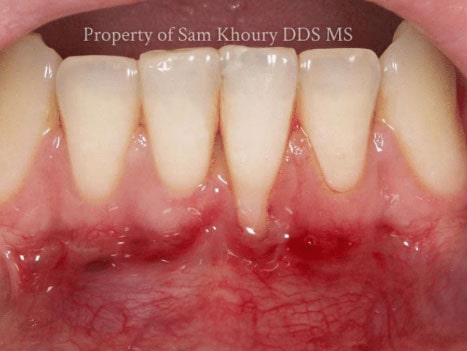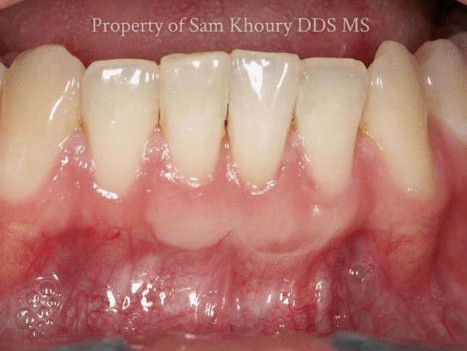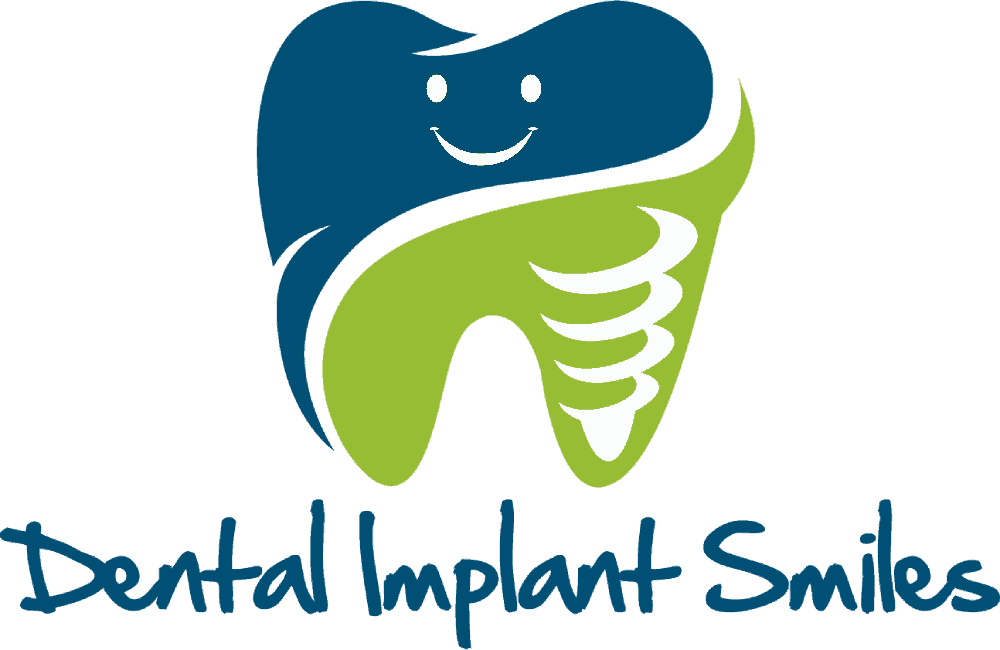Gum Recession

Image 1: Tooth with recession of the gums and bone loss - Less stable tooth

Image 2: Tooth with the Gums Fixed-More stable tooth
Gum recession (receding gums) refers to the progressive loss of both (Gums and Bone), which can eventually result in tooth root exposure if left untreated. Gum recession is most common in adults over the age of 40, but the process can begin in the teenage years.
Gum recession can be difficult to self-diagnose in its earlier stages because the changes often occur asymptomatically and gradually. Regular dental checkups will help to prevent gum recession and assess risk factors.
The following symptoms may be indicative of gum recession
- Sensitive teeth – When the gums recede enough to expose the root, the teeth become sensitive.
- Visible roots – This is one of the main characteristics of a more severe case of gum recession.
- Longer-looking teeth –Individuals experiencing gingival recession often have a “toothy” smile. The length of the crown is normal, but the gum tissue has been lost, making the teeth appear longer.
- Bad Breath, inflammation, and bleeding – These symptoms are characteristic of gingivitis or periodontal disease.
- A bacterial infection causes the gums to recede and may cause tooth loss if not treated promptly.
What are the causes of gum recession? The most common causes of gingival recession are:
- Aggressive brushing – Over brushing or brushing with a hard-bristled toothbrush can erode the tooth enamel at the gum line and irritate or inflame gum tissue.
- Poor oral hygiene – When brushing and flossing are performed improperly or not at all, plaque buildup can begin to affect the teeth. The plaque contains various bacterial toxins which can promote infection and erode the underlying jawbone.
- Tobacco –Smoking any kind of tobacco use has devastating effects on the entire oral cavity. Chewing tobacco, aggravates the gingival lining of the mouth and causes gum recession if used continuously.
- Periodontal disease –Periodontal (Gum) disease can be a result of improper oral hygiene or is caused by systemic diseases such as diabetes. The excess sugar in the mouth and narrowed blood vessels experienced by diabetics create a perfect environment for oral bacteria. The bacteria cause an infection which progresses deeper and deeper into the gum and bone tissue, eventually resulting in tooth loss.
What are the treatment options for gum recession?
- Every case of gum recession is slightly different, and therefore many treatment options are available. The nature of the problem which caused the recession to begin with needs to be addressed first.
- If overly aggressive brushing techniques are eroding the gums, a softer toothbrush and a gentler brushing technique should be used. If poor oral hygiene is a problem, prophylaxis (professional dental cleaning) may be recommended to rid the gum pockets of debris and bacteria. In the case of a severe calculus (tartar) build up, scaling and root planing will be performed to heal gum inflammation and clean the teeth.
- Once the cause of the gingival recession has been addressed, it can be treated with a few different techniques
- Check this page for treatment options:







